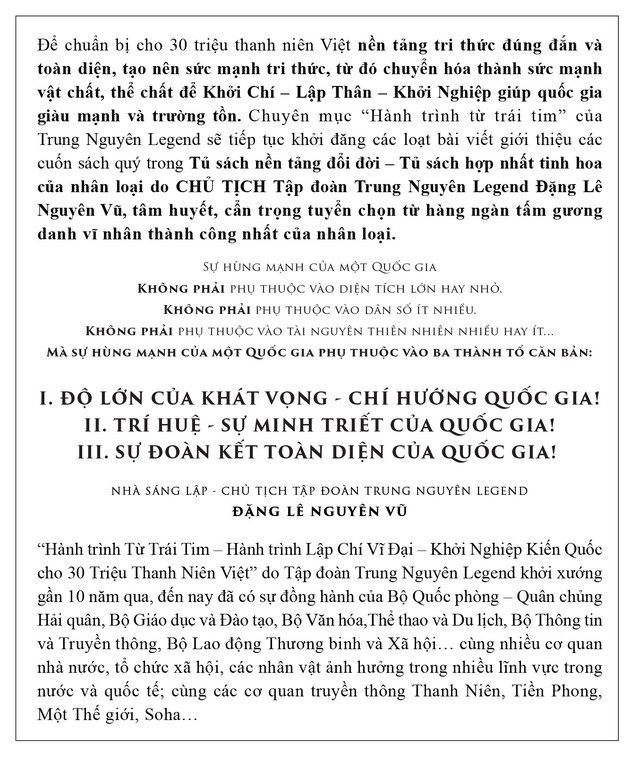
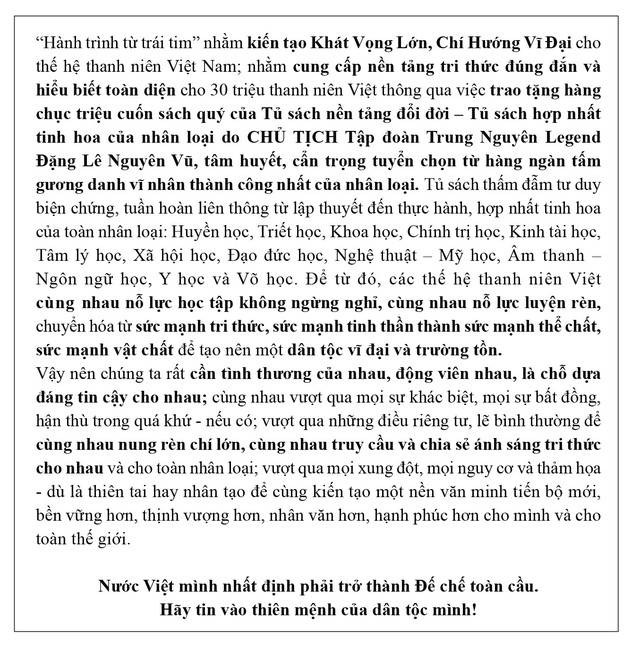
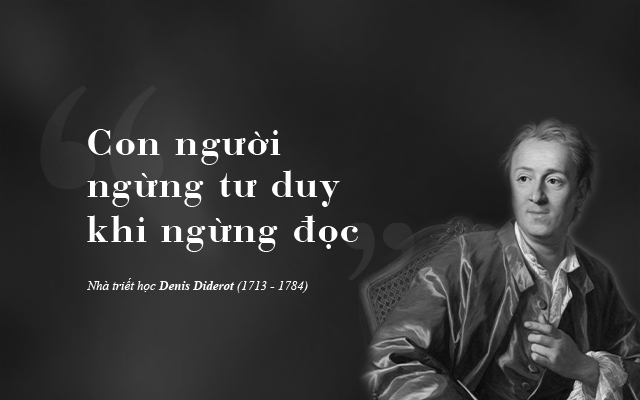
The book contributes fundamental knowledge about aesthetics.
Denis Diderot is known for his monumental work "Encyclopedia", a writer with many unique contributions, a materialist philosopher, an aesthetician, a theorist and a famous art critic in France. His excellent works of aesthetics and art criticism are invaluable works to this day.
The work "From aesthetics to art forms" was selected by translator Professor Phung Van Tuu, a synthesis of seven important works discussing aesthetics and literature and art by Denis Diderot: On beauty; On authors and critics; Essays on painting (including short essays: My odd thoughts on painting, My petty thoughts on color, All I have understood in my life about light and shadow, What people know about expression and the aspect people do not know, The section on composition where I hope I will talk about it, My few words on architecture, A small corollary from the above issues); Satire I; Praise for Richardson; Conversation with Dorval about The Bastard; Paradoxical opinions on actors.

His works of art research and criticism are not dry and monotonous but rich in literary nuances. The author himself is clearly aware of the close connection between literature and art. In The Treatise on Beauty, Diderot discusses the core categories of aesthetics. For him, beauty is everything that evokes in me related ideas, that is the harmony and order between colors, shapes, sounds... Whether a line of poetry is beautiful or not must be placed in a poem, whether a person is beautiful or not must be placed in the environment, whether beauty is beautiful or not must have a whole.
The truth, the good and the beautiful are very close together.
The book "From Aesthetics to the Art Forms" is Diderot's manifesto on art, the author writes: "The true, the good and the beautiful are very closely related to each other" on the first page of the book. The true becomes the red thread running through his career of art research and criticism.

The term "truth" seems to have been deeply ingrained in his subconscious, it can pop up at any time, when discussing any issue, about painting, about architecture, about actors' performances, about the field of criticism. He considers it the highest standard for evaluating works of art. To achieve truth, artists must not stray from nature. He calls on painters to paint according to nature, sculptors to carve statues according to nature, writers to create according to nature: "If observing nature is not the dominant taste of writers or artists, we cannot expect them to create anything worthwhile."
Truthfulness and imitation of nature are closely linked together like shape and shadow in the consciousness as well as under the pen of the author. Diderot affirmed: "Nature does nothing wrong with the rules", meaning the rules of truth, the rules of goodness and the rules of beauty. If we know how to observe nature, the rules of the structure of things, of light, color, sound, darkness, arrangement, harmony..., and know how to imitate its rules, we will create great works in which truth, goodness and beauty are unified.
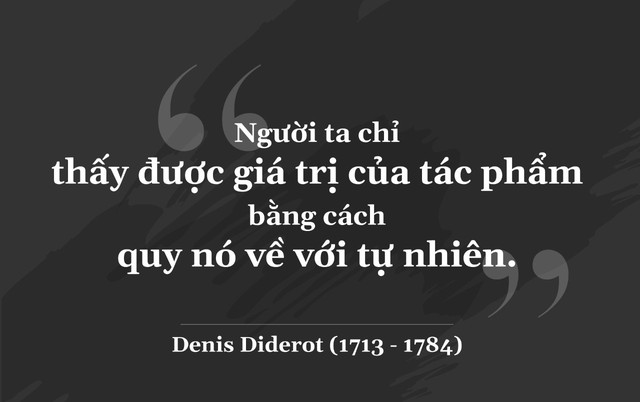
Diderot also disagreed with the view that art is only to describe beauty. A work of art worthy of its name cannot lack "good". He believed that what was lacking in most of the works of that era was "great ideas". The great ideas contained in works that moved people were the good that Diderot raised as an important aesthetic argument. For him, art must help readers understand the nature of society, help them distinguish between good and evil. It must describe social reality as it is.

Diderot went down in history as the pioneer and father of modern art criticism, bringing new life to the arts and for the first time helping them speak up "in words". Just through the book, we can see that the issues of literature and art that Diderot raised were very broad, he discussed everything from literary criticism to painting, drama, novels... The things that Diderot raised in the book were quite old, so it carried the spirit of that era, maybe until today there are many points that we have surpassed, or are not suitable for our era, but there are many points that are still valuable to this day.
The book "From aesthetics to art forms" was carefully selected by the Founder - Chairman of Trung Nguyen Legend Group Dang Le Nguyen Vu in the field of Art - Aesthetics in the Life-Changing Platform Bookshelf. Readers can easily find and buy the book at Trung Nguyen Legend, Trung Nguyen E-Coffee spaces nationwide or at the Trung Nguyen Legend Café App.
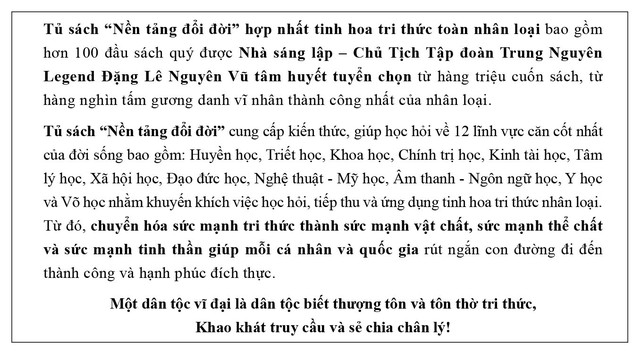
From aesthetics to art forms
KNOWLEDGE IS LIGHT!
KNOWLEDGE IS THE POWER OF THE NATION!
(Read the next episode: "The art of influence or spreading ideas" )
Source link






















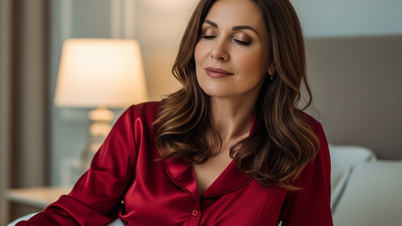








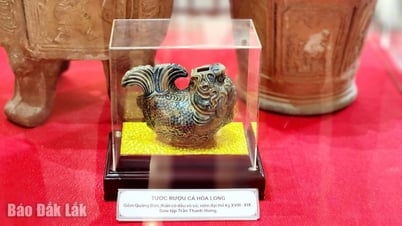






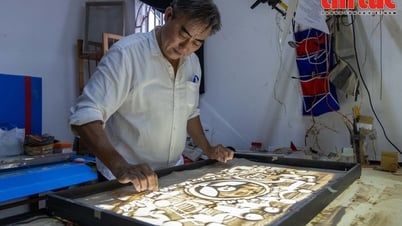







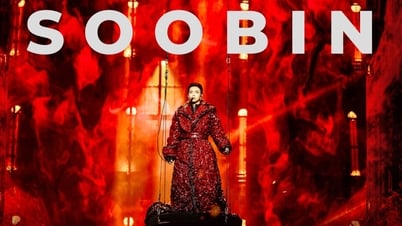





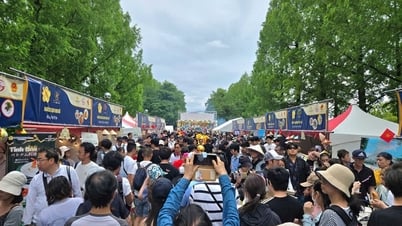








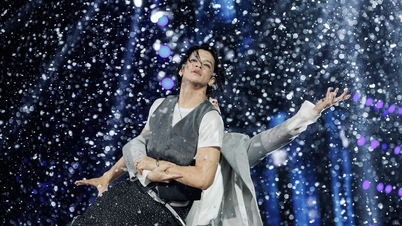












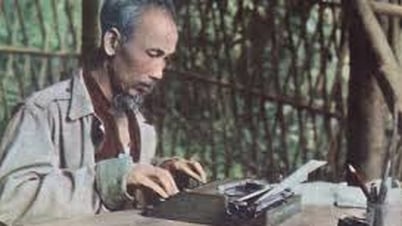


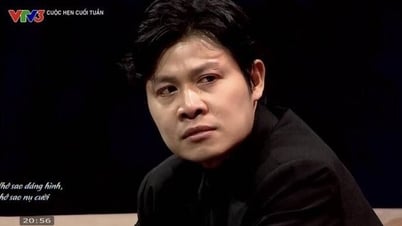
















Comment (0)